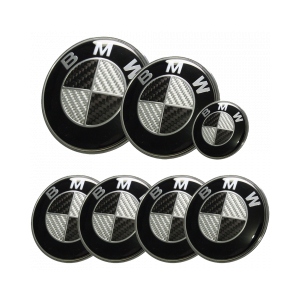rotating shaft seals
Understanding Rotating Shaft Seals An Essential Component in Mechanical Engineering
Rotating shaft seals, commonly referred to as lip seals or rotary seals, are critical components in various mechanical systems. These seals function primarily to retain lubricants and prevent the ingress of contaminants in rotating machinery. Their importance cannot be overstated, as they directly impact the performance and longevity of mechanical systems in industries ranging from automotive to aerospace.
The Structure and Functionality of Rotating Shaft Seals
Rotating shaft seals typically consist of a flexible elastomeric material that forms a lip which makes contact with the shaft. The design of these seals usually includes a metal casing that provides structural support, while the elastomer offers elasticity and resilience. The sealing lip plays a pivotal role, as it deforms slightly under pressure to create a seal against the rotating shaft.
The primary function of these seals is to minimize leakage of lubricants, which can lead to increased friction, overheating, and ultimately, machinery failure. They also safeguard internal components from external contaminants such as dirt, dust, and moisture, which can compromise the integrity of the system.
Types of Rotating Shaft Seals
There are various types of rotating shaft seals, each suited to specific applications. The most common types include
1. Oil Seals Used primarily for retaining lubricants in machinery. They are designed to handle high internal pressure and prevent oil leakage. 2. Mechanical Seals Typically used in pumps, these seals use a combination of rotating and stationary components to create a seal against a liquid medium.
3. Lip Seals These are designed for lower pressure applications and are characterized by their simple design and ease of replacement.
4. U-Cup Seals Often used in hydraulic applications, these seals offer excellent sealing capabilities in rod and piston systems.
rotating shaft seals

Material Selection
The material of the sealing lip is vital for the performance of rotating shaft seals. Common materials include nitrile rubber, fluorocarbon, and silicone. Each material has its own set of advantages; for example, nitrile rubber is excellent for oil resistance, while fluorocarbon provides enhanced thermal stability. Selecting the correct material is essential based on the specific operational conditions such as temperature, pressure, and the type of fluid being contained.
Installation and Maintenance
Proper installation of rotating shaft seals is crucial. Misalignment, improper fitting, or using the wrong seal for the application can lead to premature failure. It is vital to follow manufacturer guidelines during installation to ensure optimal performance.
Regular maintenance checks can help identify wear and tear on the seals. Signs of failure might include visible leakage around the shaft, increased operational noise, or overheating of the machinery. Early detection and replacement of worn seals can prevent more severe and costly machinery failures.
Impact on Machinery Efficiency
The efficiency of rotating machinery is heavily dependent on the effectiveness of its seals. A well-functioning rotating shaft seal can significantly reduce frictional losses, leading to improved fuel efficiency in automotive applications, enhanced performance in industrial machinery, and longer service intervals.
In conclusion, rotating shaft seals are essential components that ensure the reliable operation of many mechanical systems. Understanding their functionality, types, and maintenance is crucial for engineers and technicians tasked with the design and upkeep of rotating machinery. By choosing the right seal and committing to proper installation and maintenance, industries can enhance operational efficiency and extend the lifespan of their machinery.
-
Understanding the Front Main Engine Seal: Purpose, Maintenance, and Installation
News Jul.29,2025
-
Understanding O-Rings and Seal Rings: Types, Applications, and Custom Solutions
News Jul.29,2025
-
Understanding Crankshaft Oil Seals: Rear Seals, Pulley Seals, and Their Role in Engine Integrity
News Jul.29,2025
-
The Importance of Front and Rear Crankshaft Seals in Engine Performance and Oil Management
News Jul.29,2025
-
Crank Oil Seals: Functions, Types, and Cost Considerations in Engine Maintenance
News Jul.29,2025
-
A Comprehensive Guide to O-Rings and Seals: Types, Materials, and Global Applications
News Jul.29,2025
-
Mastering Diesel and Performance Engine Maintenance: A Guide to Critical Oil Gaskets
News Jul.28,2025
Products categories















